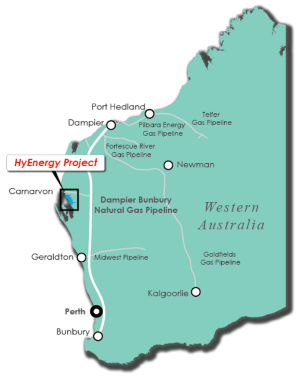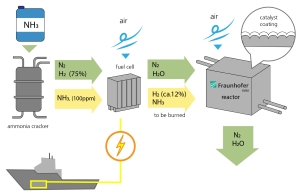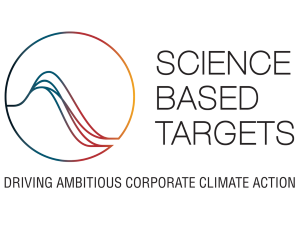The Ammonia Wrap: commercial turbines, another GW of green ammonia, Viking Energy updates, and “any-fuel” high-temp PEM fuel cells
By Julian Atchison on March 04, 2021
Welcome to the Ammonia Wrap: a summary of all the latest announcements, news items and publications about ammonia energy.
World’s first commercialised ammonia gas turbine

Mitsubishi Power has commenced development of a 100% ammonia-fed, 40MW gas turbine with an aim to reach commercialisation around 2025. Based on the company’s current H-25 Series natural gas turbines, the new system will combine selective catalytic reduction and a newly-developed combustor to minimise NOx emissions. Only last week did we write about the hydrogen-ammonia supply investments being made by its parent company, Mitsubishi Heavy Industries.
TDK, GenCell join forces on green ammonia
Following last year’s investment announcement, TDK Corp and GenCell have officially joined up to develop a novel, low-temperature, high energy-efficient process for green ammonia production. GenCell hope to combine this future process with their existing ammonia-fed, alkaline fuel cell technology in a “self-sustained, circular” system ideal for stationary power generation and remote off-grid applications.
Province Resources announces 1GW of green ammonia in Western Australia

Newcomer Province Resources announced plans for a 1GW, 300k tonne per year green ammonia project near Canarvon, Western Australia. The HyEnergy Project will be powered by a hybrid wind and solar setup, with the potential to feed electrolysers with desalinated seawater. The project will also provide green hydrogen for the adjacent Dampier Bunbury natural gas pipeline, with a view to achieving a 10% green hydrogen mix in the pipeline by 2030. Like Yara’s YURI project in the Pilbara, HyEnergy is also a recipient of a supporting grant from the West Australian state government’s Renewable Hydrogen Fund.
Tsubame BHB plans small-scale green ammonia production in rural Japan, hydroelectric ammonia in Laos
Tsubame BHB will operate a small-scale green ammonia plant from 2022 in Ogata Village, Akita Prefecture. Low-temperature, low-pressure production will be based on novel catalyst and membrane separation technology developed at the Tokyo Institute of Technology, and tap into local wind and solar power generation. Meanwhile in Laos, Tsubame plans to use excess hydroelectric power to manufacture ammonia, also utilising the same novel catalyst technology.
Viking Energy updates

The Viking Energy vessel project has new developments, with the 2MW fuel cell system on track to be developed and delivered by the end of 2023. The 2MW system will be comprised of three containerised SOFC modules operating around 800 degrees Celsius. Fuel cell developer Prototech is working closely with the Maritime Safety Research Centre of Strathclyde and the Greek National Centre for Scientific Research Demokritos on safety challenges presented by the novel setup.
New announcements from Haldor Topsoe
Haldor Topsoe officially joined the Mærsk Mc-Kinney Møller Center for Zero Carbon Shipping this week. Both are already partners in the SOFC4Maritime project, featured in last week’s Wrap Article.

Topsoe also signed up to the Science-Based Targets Initiative as part of its decarbonisation plans. In 2021 Topsoe aims to reduce GHG emissions from its own production processes by 15%, and in the long-term all SBTi partners must develop Paris-compliant emissions reductions targets and fully disclose on progress towards those goals on an annual basis.
And, earlier today, Topsoe announced a major manufacturing expansion for its high-efficiency (>90%) solid oxide electrolyser for green hydrogen production, investing in a new facility to be operational by 2023 with a 500 MW annual output — with potential to expand to 5 GW annual capacity.
“Any-fuel” high-temperature PEM fuel cells
Advent Technologies Holdings signed a joint development agreement with the US Department of Energy to help bring bring high-temperature proton exchange membrane (HT-PEM) fuel cells to commercial reality. The cells will be designed to use any hydrogen-carrying fuel (including ammonia) in stationary and off-grid applications.
Sign up for weekly AEA updates
Make sure you’re signed up for AEA email updates, including our weekly newsletter featuring wrap articles just like this one.